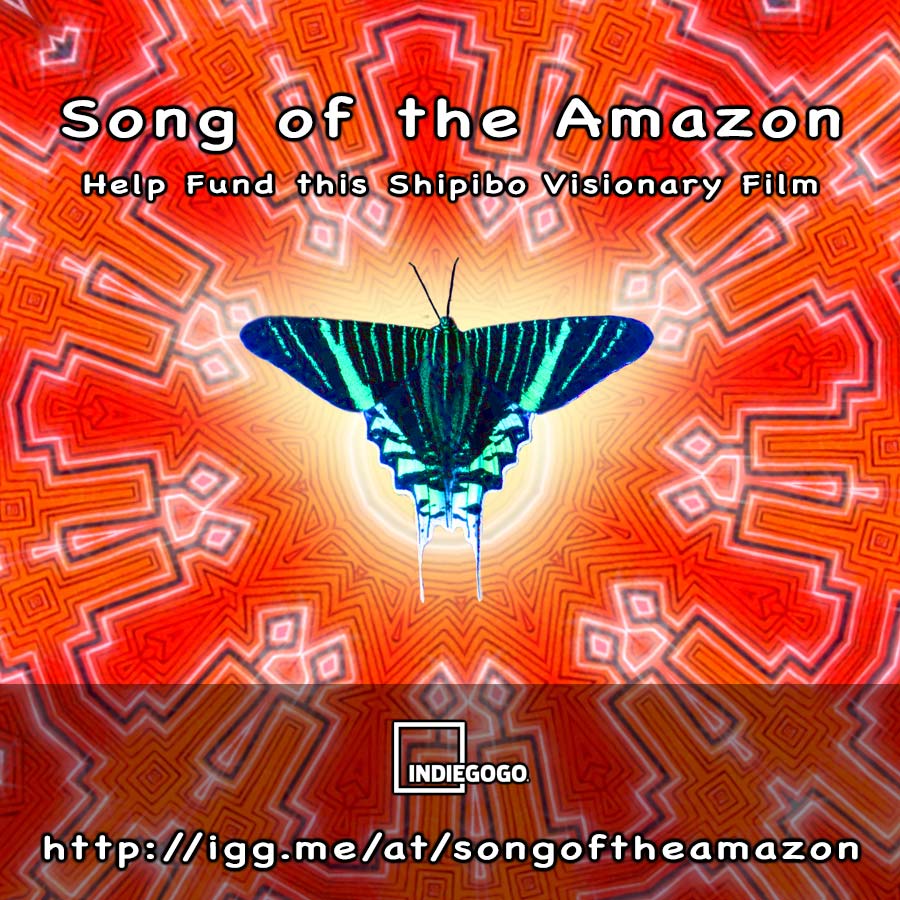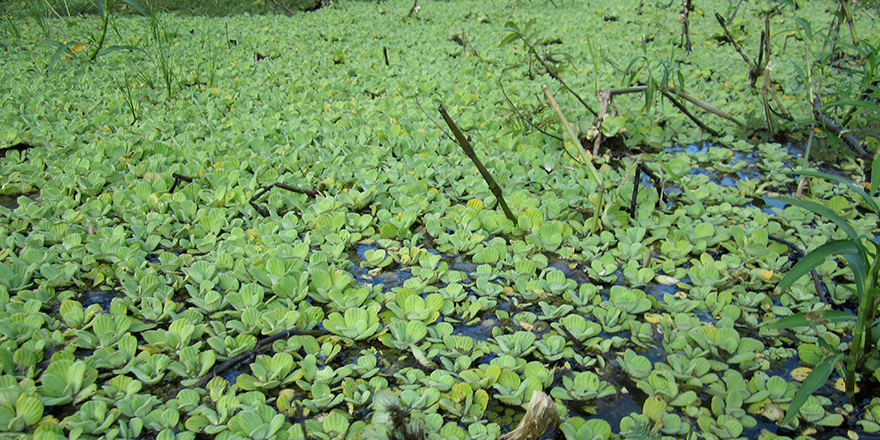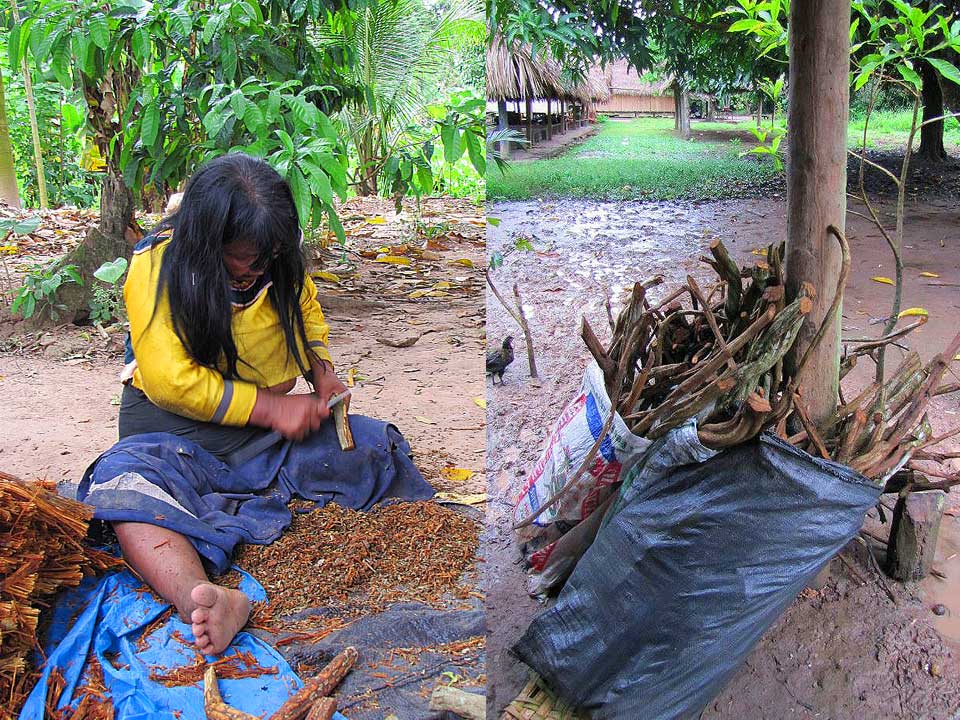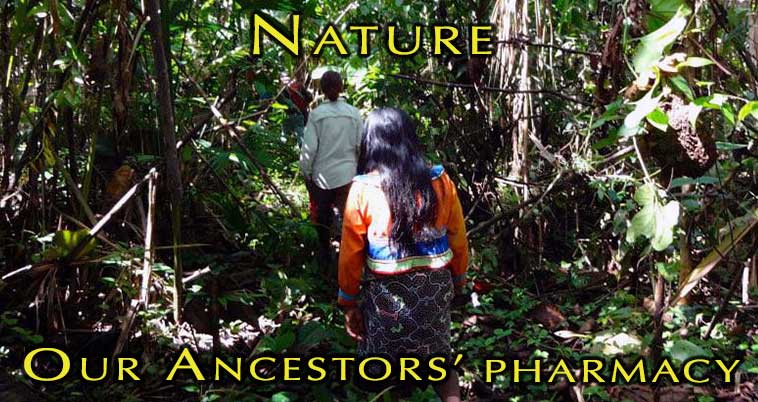| Ayahuasca | Healing Traditions | Icaros | Nature Connection |
Ayahuasca Ceremony: What Is It?
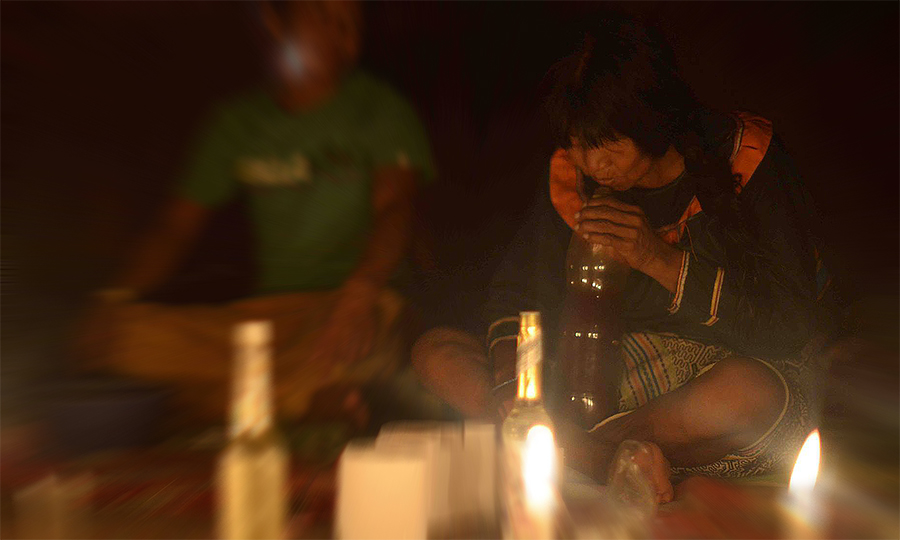
Known commonly as ayahuasca, Oni is a sacred Shipibo medicine that is used in a traditional ceremonial context for the purpose of healing. As information about this sacred traditional medicine is disseminated to the modern world, misconceptions about ayahuasca and ayahuasca ceremony are becoming widespread. We would like to offer clarity about Oni and its usage, from a traditional Shipibo medicine perspective.
Oni: An Indigenous Shipibo Medicine
To the Shipibo, Oni is an herbal decoction made from two plants: the woody stems of the Banisteriopsis Caapi vine (known by the Quechua word, ayahuasca) and the leaves of the Psychotria Viridis plant (known by the Quechua word, chacruna). Oni is an entheogenic mixture that when ingested, induces an often visionary, altered state of consciousness.
For Shipibo ayahuasca healers known as Onanya, Oni is mainly taken for the purpose of curing and communication with nature and the spirit world. Conducted by an Onanya, the Oni ceremony provides a container for divinatory, diagnostic and healing work to take place. The Onanya orchestrates this work and the ceremony itself, through the singing of traditional chanting songs called icaros.
Grounding the Tradition
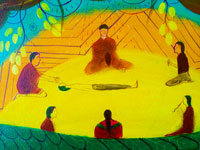
The ayahuasca ceremony is considered by the Shipibo to be only one small part of their complex and extensive indigenous spiritual tradition and cosmology. The foundation of the Shipibo spiritual system is an intimate connection with nature and the universe. In this worldview, plants, animals, and other elements of nature such as wind, earth, and the waters, are thought of as specific and distinct conscious beings that can be interacted with and learned from.
The communication that takes place between a person and these nature beings comes from connecting to the level of consciousness of that particular nature spirit. This ability to connect to and communicate with nature is part of the birthright of every human being and does not necessarily require the taking of ayahuasca.
The Onanya: The Master Healer Teacher
For the Shipibo, the ayahuasca ceremony is facilitated by a trained practitioner of the medicine, called an Onanya in the Shipibo language. This healer has developed a mastery of the art of ayahuasca healing and is often referred to in the Spanish vernacular as maestro or maestra, meaning teacher. In order to learn to heal others through the use of ayahuasca medicine, the novice healer spends many years as an apprentice under the guidance of an Onanya master healer teacher.
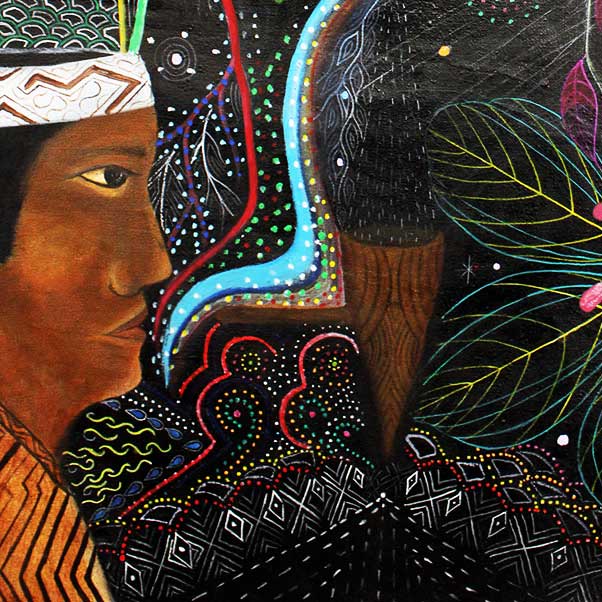
In their training, the apprentice healer learns through a series of aesthetic practices that create a space of consciousness, which allows him or her to communicate with and therefore be taught directly by the spirits of the Master Plants and of Ayahuasca itself. These learning practices, known as “dietas” or diets, are different than the preparation diet that people wanting to drink ayahuasca undergo to get ready to take part in the ceremony. The educational diet (sama in Shipibo) serves an essential purpose— to build alliances with Master Plant spirits who will aid the practitioner in their healing work. Depending on the master plant, the educational diet also serves to purify the body and mind, to offer protection, and to cultivate the nervous system to be able to navigate higher states of consciousness.
Do you have any questions about ayahuasca healing or ceremony? If so, send us an
email, and we will try to answer it in a future post.
